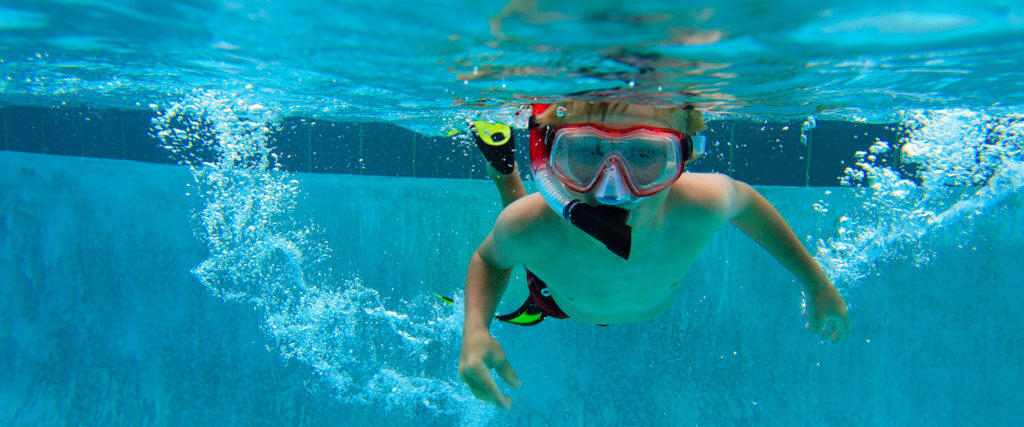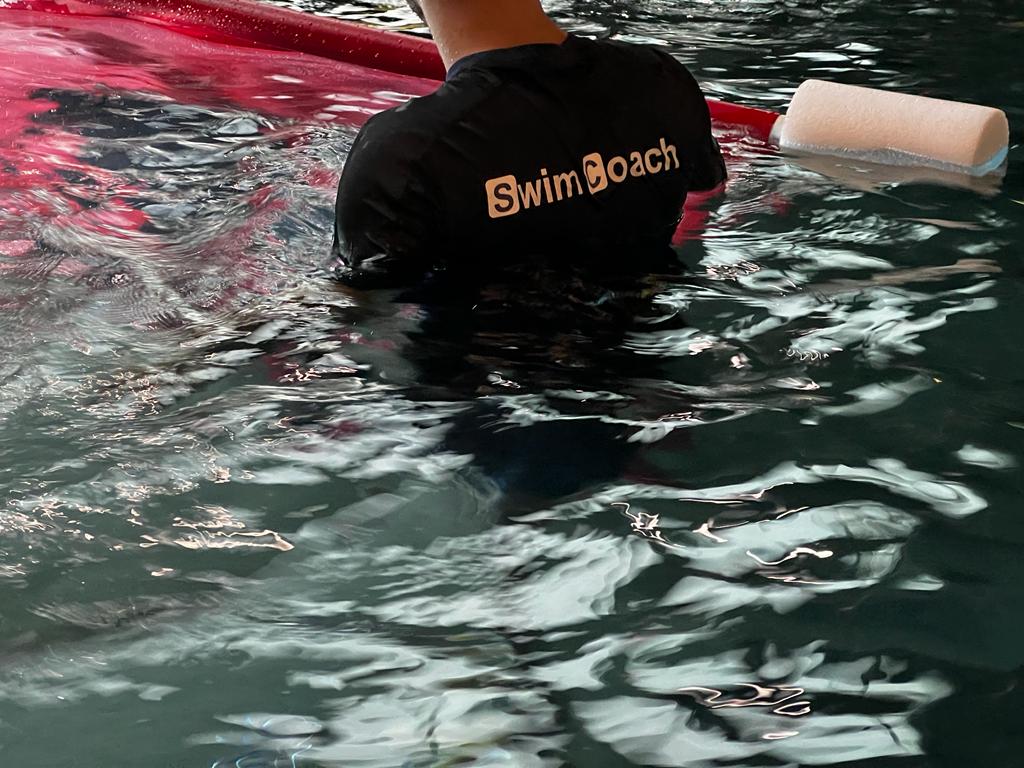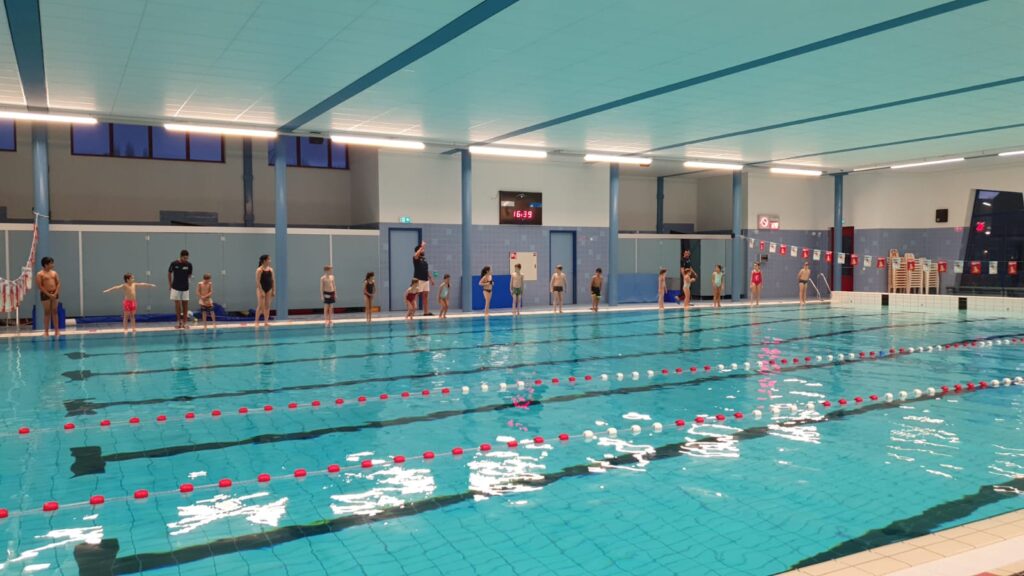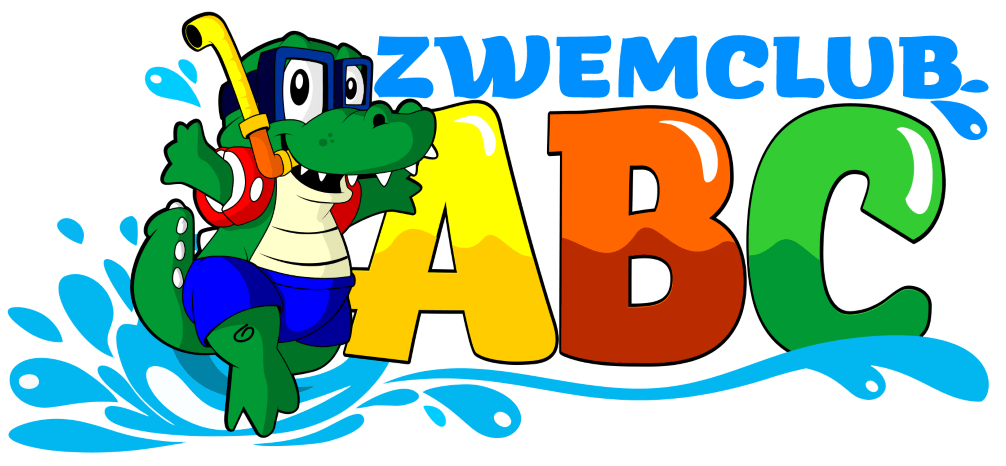
Private swimming lessons in Amsterdam
Individual attention
Swimming Club ABC also gives private lessons. This means we give 1-on-1 or 1-on-2 lessons, which allows for more individual attention.
The smaller a group, the more attention, so wrong moves are quickly spotted and quickly corrected. Wrong movements have no chance to 'creep in'. From the water, the instructor can again give instruction in a different way than just from the shore, working on self-confidence and good fitness.
For private swimming lessons, once your child has reached the final level they will move on for selection and trial swimming.
Why choose Zwemclub ABC?

Our swimming location in Amsterdam (De Mirandabad)

Frequently asked questions about swimming lessons for children in Amsterdam
From what age can my child start swimming lessons at Zwemclub ABC?
Children can start swimming lessons at Zwemclub ABC as early as 4 years old. So they learn to swim safely from an early age.
How big are the groups during swimming lessons?
Our groups consist of a maximum of 6 to 8 children per instructor. This ensures that each child gets enough personal attention.
Is it possible to take private swimming lessons in Amsterdam?
Yes, at Zwemclub ABC we offer private swimming lessons with individual attention, suitable for both children and adults.
On average, how long does it take to get a swimming certificate?
Achieving the A diploma takes 12 to 18 months on average. With turbo swimming lessons, it can be done within 2 weeks.
What is the advantage of turbo swimming lessons at Zwemclub ABC?
Turbo swimming lessons help you or your child get the diploma faster. Ideal if you're short on time or want to get swimming skills quickly.
Can I take a free trial lesson first?
Absolutely! You can always take a free trial lesson with us without any obligation. That way you can find out immediately whether Swimming Club ABC suits you.
Where do swimming lessons take place in Amsterdam?
All swimming lessons at Zwemclub ABC take place at the heated De Mirandabad swimming pool, centrally located in Amsterdam-Zuid (near Europaplein).

